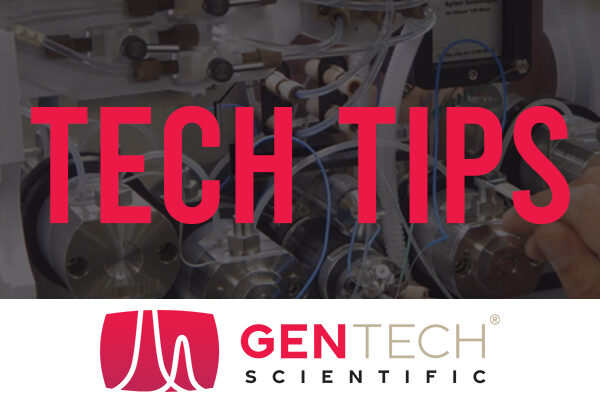High-Performance Liquid Chromatography (HPLC) is a versatile and widely used technique in analytical chemistry, offering precise separation and analysis of complex mixtures. Central to the success of any HPLC analysis is the selection of the right column for your specific analysis.
For HPLC users, selecting the right column is like choosing the perfect key – it unlocks the door to accurate and efficient analysis. With a vast array of options, how do you pick the optimal one?
Here’s a quick guide to some critical factors to consider:
1. Stationary Phase Chemistry
This is the heart of your separation. The stationary phase of an HPLC column determines its selectivity and retention properties. Common stationary phase choices include reversed-phase (C18 for non-polar analytes), normal phase (silica for polar analytes), ion exchange (for charged molecules), and size exclusion. Select the stationary phase that best suits the chemical properties of your analytes and the separation mechanism required for your analysis.
2. Particle Size and Pore Size
Particle size and pore size significantly affect the efficiency and resolution of an HPLC column. Smaller particles (1.8 µm) offer sharper peaks but higher backpressure. Larger particles (5 µm) are good for routine analysis. Pore size should accommodate your analytes; use larger pores for bigger molecules.
3. Column Dimensions
Column dimensions, such as length and diameter, impact the resolution, capacity, and analysis time of an HPLC system. Longer columns enhance resolution but may prolong analysis time, while wider diameter columns increase sample loading capacity but may sacrifice resolution. Select column dimensions based on the requirements of your analysis, balancing between resolution and analysis time.
4. Compatibility
Ensure compatibility between the column material and mobile phase components to prevent interactions that could affect chromatographic performance. Consider the pH, solvent composition, and temperature stability of both the column and mobile phase to maintain column integrity and prolong its lifespan.
5. Sample Matrix and Analyte Properties
Consider the nature of your sample matrix and the physicochemical properties of your analytes when selecting an HPLC column. Factors such as polarity, hydrophobicity, acidity/basicity, and molecular weight influence the choice of stationary phase and separation conditions. Consider interferences – a specialized column might be needed for complex matrices.
6. Application-Specific Columns
Some applications require specialized columns tailored to specific analytical challenges. These include chiral columns for enantiomeric separations, affinity columns for biomolecule interactions, and mixed-mode columns for complex sample matrices. Evaluate the unique requirements of your analysis and explore specialized column options if necessary.
7. Quality and Reputation
Opt for reputable brands known for consistent quality and technical support. Consider factors such as batch-to-batch reproducibility, column lifetime, and availability of application support when selecting a column supplier.
Selecting the right HPLC column is essential for achieving accurate and reliable chromatographic results. By considering factors such as stationary phase chemistry, particle size, column dimensions, compatibility, sample properties, and application-specific needs, you can optimize your HPLC method development and analytical performance.
More Resources:
- How to Select the Optimum HPLC Column | Webinar from LCGC’s ChromAcademy
- From Waters Corporation | Columns Calculator
- Agilent HPLC Column Selection Guide | Solutions for Small Molecule Separations






